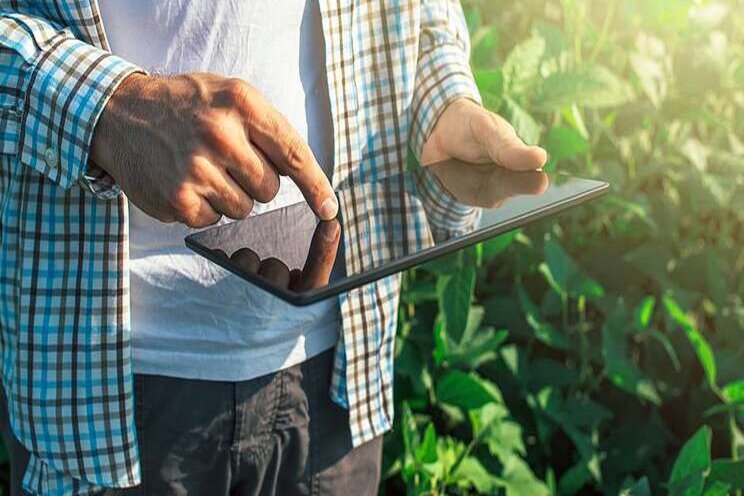Growing in self-isolation
Added on 26 June 2020

Within agriculture, the number of individuals allowed in a facility may become limited. Adjustments in shifts, working from home, who knows? Some growers have already told us that they have reduced their crew size per shift in their greenhouses and implemented varying shift break times, impacting the timing of harvest.
Growing is still highly labor intensive, but how could growers adjust to the new norm?
Imagine having the ability to remotely monitor your grow operation, automate plant spacing and movement (e.g. transplant to harvest), environmental control, fertigation, harvesting, packaging and distribution with minimum onsite human involvement.
For innovation, there is no greater need than now. This is the reality of our current world. I am proud to be in controlled environment agriculture (CEA) technology industry where we continue to innovate to help growing crops in traditionally non-arable areas and challenging times like this.
I am currently using real-time images to determine plant growth and health to a certain extent. With growers having very limited access to plants with extremely shrunken shifts, I am starting to see how important remote monitoring is. All irrigation and fertigation for our green walls in our office are automated and we have set up alarms to notify us if any are missed - so simple but priceless! Let's take a few examples of why cultivating remotely matters so much with or without social distancing:
Environmental control: The whole greenhouse environment (root and shoot) can be controlled remotely. Add remote alerts to notify if something is off target by text, push notifications, etc. With proper infrastructure in place (e.g. vents, fan and pad, heat pipes), having a distributed sensor network that updates the grower or automatically adjusts controllers reducing temporal and special climate variations, i.e. climate variation during the day/night and microclimates respectively.
Irrigation and fertigation: Growers on-site inspect the plants and decide irrigation and fertigation needs. With proper sensing of the root zone and sensors that capture plant transpiration state, irrigation and fertigation could be automated to provide plants proper amounts of water and nutrients.
Pest and diseases: When plants are kept without stress with the right levels of water, nutrients, temperature and CO2 for example, they will be less susceptible to diseases. Plants could even be remotely monitored with cameras to assess pest and disease symptoms.
Physiological disorders: With proper sensing (e.g. climate sensor, soil moisture sensor, leaf temperature sensor), climate, irrigation and fertigation management remotely, plants won't exhibit severe physiological disorders such as flower/fruit drop and blossom-end rot in tomatoes and tip-burn in lettuce.

In modern-day farming, growing does not apply only to what a grower would do to keep plants healthy and yielding. There's a whole lot of activities associated around growing, for example, buying seeds/transplants at the right time and selling the produce to get the maximum profit - often commitment to sell a certain number of kilos for a certain price happens weeks ahead. Therefore, how well you can forecast or predict your yield helps budgeting. Central to all the above is the knowledge about your crop - what's its growth rate? Water uptake pattern? Pollination rate? Fruit setting rate? And so on…
Notice that all of them are quantifiable and with existing technologies and innovation, they could be achieved without having a grower to be on site - Anything is possible! So with us presented with unforeseen challenges, I am confident that growing remote would at least be part of future food production.
Be kind, stay safe and healthy! We will get through this!
Source and Photo Courtesy of Autogrow
Source: Autogrow
More news















